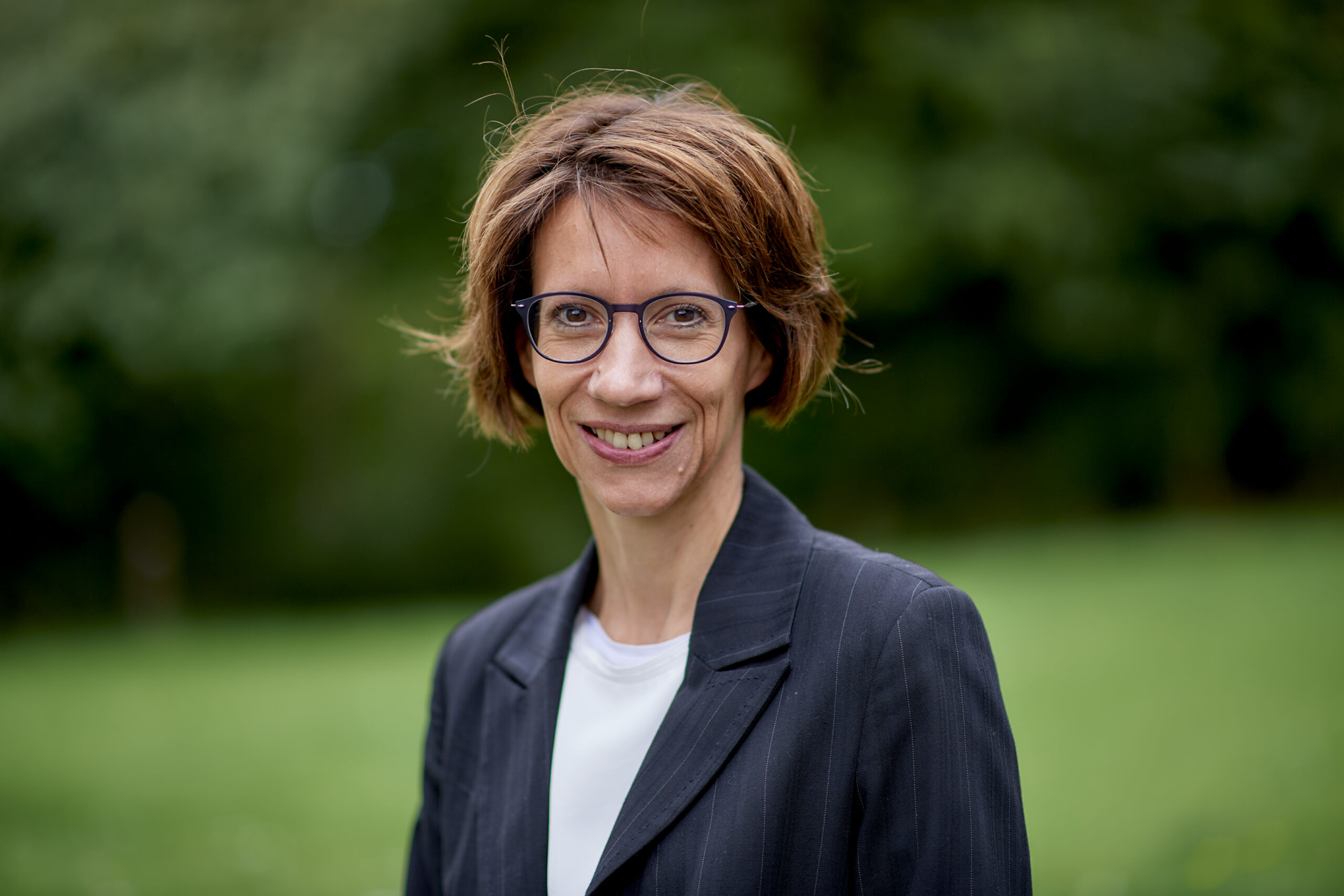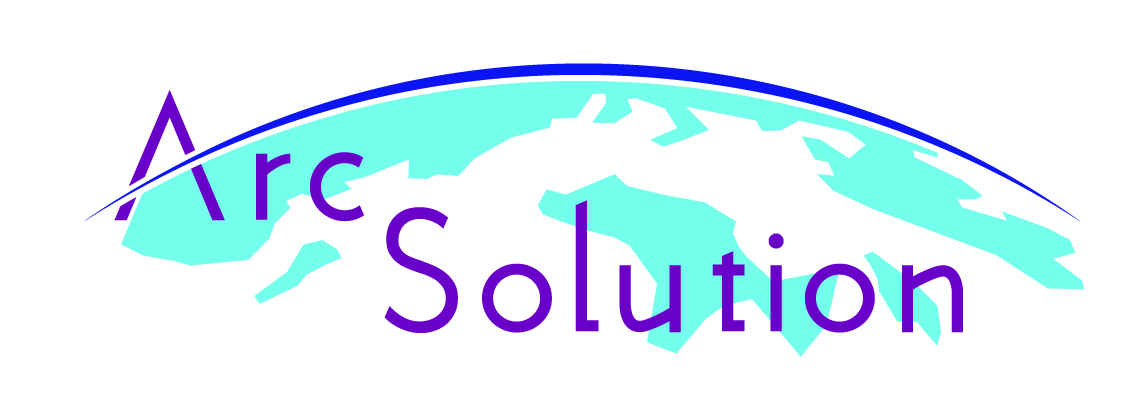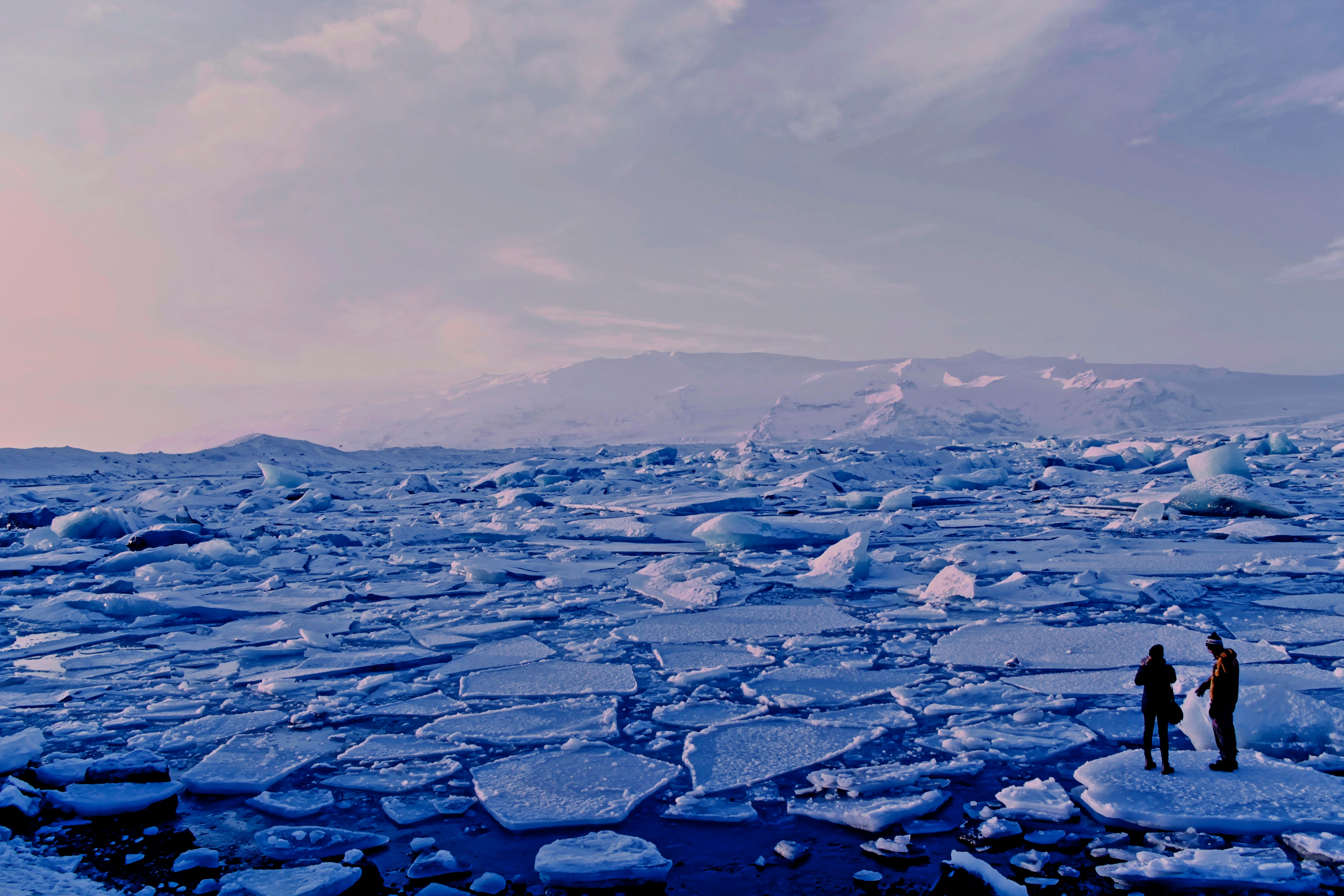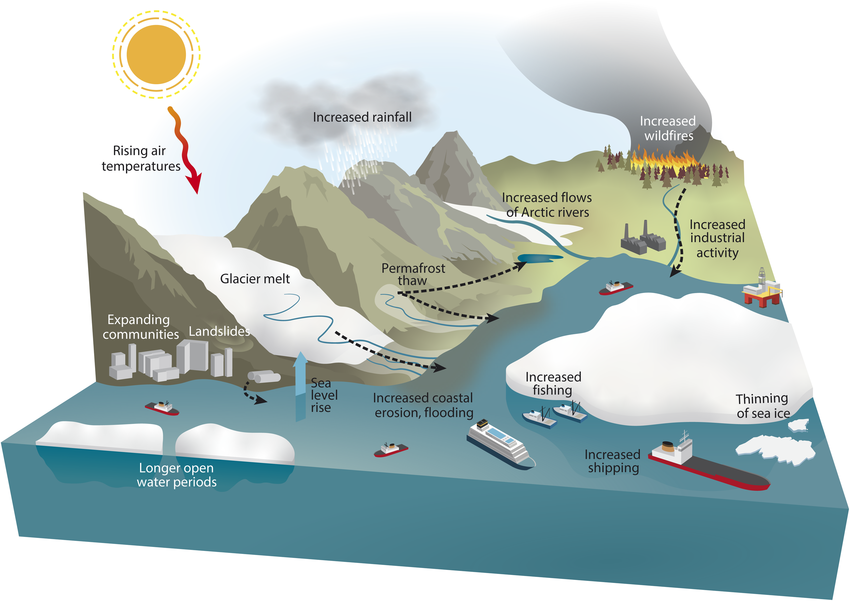The Arctic is known for its vast white landscapes and untouched nature, making it one of Earth’s last clean environments. However, it faces a hidden danger: persistent organic pollutants (POPs). These chemicals travel thousands of kilometres, building up in Arctic food chains and affecting people living there. They come from factories, products we use, and other human activities and reach the Arctic through air and ocean currents.
Dr Katrin Vorkamp is an environmental chemist at Aarhus University in Denmark. She leads Work Package 3 (WP3) of the ArcSolution project, which addresses pollution in the Arctic related to climate change. With years of experience and knowledge in environmental chemistry, Dr Vorkamp studies pollutants from nearby and faraway sources. She aims to track these contaminants to understand their effects on nature and human health.

About Katrin Vorkamp
- Professor in Environmental Chemistry at the Department of Environmental Science at Aarhus University
- Professor at Arctic Research Centre, Roskilde, Aarhus University
- Co-lead of the Expert Group on Persistent Organic Pollutants of the Arctic Monitoring and Assessment Programme (AMAP)
- Member of the Litter and Microplastic Expert Group under AMAP
- Co-lead of the Danish PFAS Research Centre
- Vorkamp’s research focuses on the fate of organic pollutants in the environment, including their presence in the Arctic, on the identification of chemicals of emerging concern, and human exposure to organic contaminants. Her research is based on advanced analytical methods for trace analysis of environmental and human samples.
From Source to Exposure: Tracing Arctic Contaminants
Dr Vorkamp’s research focuses on a key question: How do pollutants get to the Arctic, and what happens to them there? She tracks contaminants from their sources through transport to their buildup in Arctic environments. “We study everything from where pollutants come from to how they accumulate in food webs and affect human health. Climate change makes it even more complicated by changing environmental conditions and possibly releasing contaminants that were trapped before,” she says.
This research is an integral part of the ArcSolution project. It follows a three-step process: “First, we identify the pollution level. Next, we evaluate its effects in Work Package 4. Finally, we look for solutions in Work Package 5. This order makes sense—before we can fix the problem, we need to understand it.”
Studying pollution in the Arctic is challenging. The harsh conditions make it hard to collect data, and scientists face a fast-changing environment due to global warming and shifting ecosystems. “We deal with many pollutants—organic contaminants, heavy metals like mercury, and plastics. Climate change is changing these processes, so what we learned ten years ago may no longer apply,” Dr Vorkamp says.
One major challenge is logistics. “Collecting samples in the Arctic is tough. If something goes wrong, we cannot just go back the next day to collect another sample,” she explains. The team must ensure that human samples are collected ethically and without contamination. When we analyse human exposure, we must follow strict ethical rules and keep the samples intact from collection to analysis.”
Beyond known pollutants, WP3 is exploring non-target screening, a method used to detect previously unidentified contaminants. “Traditional analysis focuses on known pollutants, but non-target screening allows us to detect unexpected or emerging environmental chemicals,” Dr Vorkamp explains. “This approach has gained traction in recent years as technology advances, helping us stay ahead of new environmental threats.”
Regulation: A Long Road to Change
One frustrating aspect of pollution research is the slow and complicated regulatory process. Even strong scientific evidence must undergo many evaluations, risk assessments, and negotiations before effective policies can be implemented. During this long process, pollutants continue to build up in ecosystems and enter food chains, harming wildlife and human health.
“Regulatory frameworks are slow-moving and often take years for data collection, scientific review, and political agreement. Meanwhile, pollutants do not wait—they accumulate and cause damage while we debate their risks,” explains Dr Vorkamp.
The Stockholm Convention, an international treaty under the United Nations Environment Programme (UNEP), is a key tool in fighting harmful pollutants. This treaty works to eliminate or limit persistent organic pollutants (POPs). While it is effective, the convention examines one chemical at a time, requiring solid proof of its persistence, bioaccumulation, and toxicity before it can be regulated. This slow, case-by-case approach allows harmful substances to stay in use for many years.
The issue is especially urgent for PFAS (per- and polyfluoroalkyl substances), often known as “forever chemicals” because they do not break down easily. PFAS are used in many industries, such as firefighting foams and consumer products. Still, only a small number of the thousands of PFAS chemicals have been regulated.
“We are facing a huge group of thousands of chemicals, but regulations often focus on one compound at a time. This method is not efficient. We need rules that look at PFAS as a whole instead of taking years to regulate each one individually,” argues Dr Vorkamp.
In a promising move, 2025 has seen more PFAS compounds added to the Stockholm Convention’s list of regulated substances, including some newer-generation chemicals previously thought to be less harmful. This decision follows growing scientific consensus and mounting public pressure, as PFAS contamination continues to be detected in drinking water, Arctic wildlife, and even human blood across the globe.
While this represents a step forward, regulating PFAS as a chemical class—rather than one-by-one—remains a topic of active debate among policymakers and scientists. European Union authorities and other international bodies are increasingly supportive of group-wide restrictions, but challenges persist in balancing economic interests, industrial lobbying, and public health needs.
“Regulations need to change along with scientific findings. If we keep moving at this pace, we risk falling behind in protecting ecosystems and human health from new chemical threats,” she warns.
Learn more
Bridging Science and Society
For non-scientists, pollution may seem like a distant problem. However, as Dr Vorkamp points out, invisible pollutants are just as dangerous as visible ones. “Plastic pollution is easy to grasp because we can see it piling up on beaches. But chemical pollutants are invisible—they exist in the environment, food chains, and human bodies without us noticing,” she explains.
Despite the challenges, she remains optimistic about ArcSolution’s impact. “ArcSolution is unique because we are not just describing problems but actively working toward solutions. Bringing together experts from different fields helps us move from scientific findings to practical action,” she says.
“Ideally, we will develop concrete solutions to Arctic pollution. But just as importantly, I hope we foster strong collaboration. The scientific community is highly motivated, and this project has the potential to create meaningful change,” she says.


